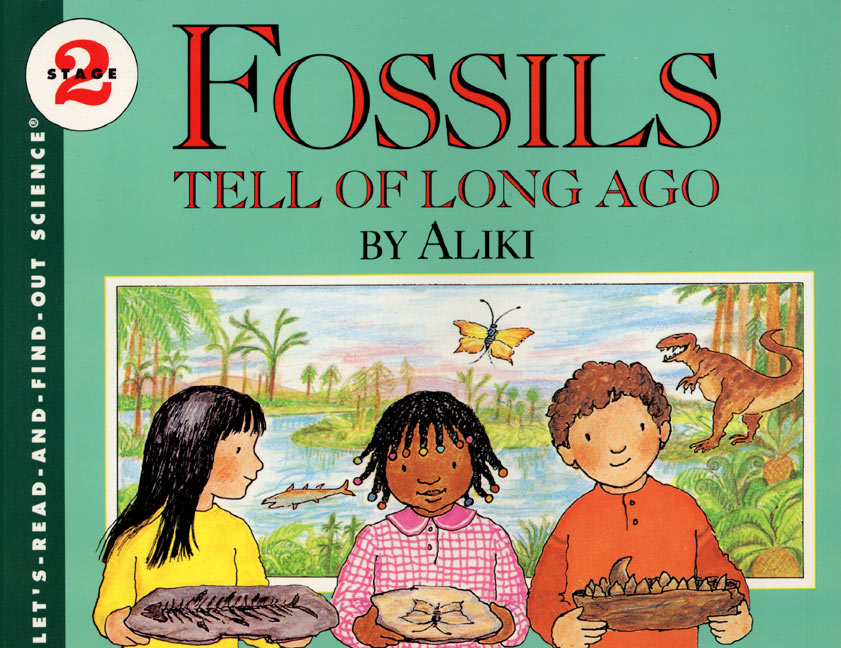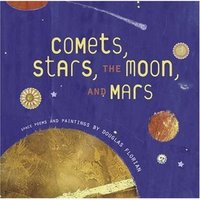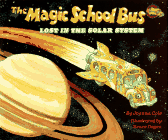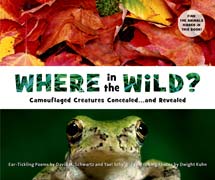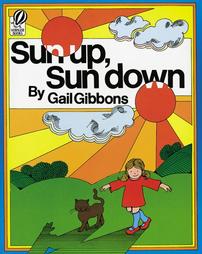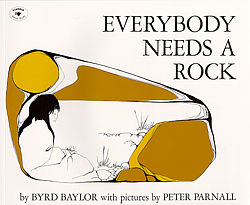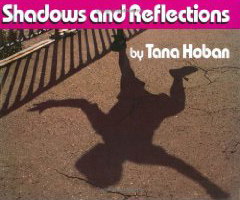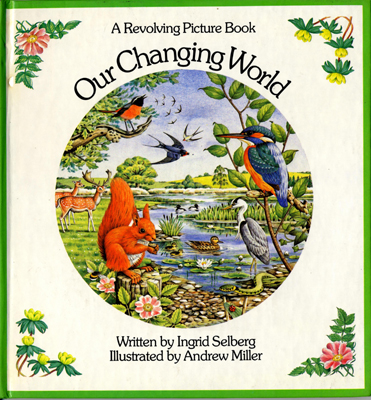
Have you ever wondered where raindrops come from? Do you want to learn how they form?
Down Comes the Rain, by Franklyn M. Branley and illustrated by James Graham Hale is an informative and brightly colored approach to learning about the life of a raindrop. The book begins simply by stating where raindrops come from: clouds. Children will learn that clouds are made of tiny drops of water that have gone through many phases before they reach the earth. These phases are described by examples of everyday activities children can observe, such as the evaporation of water as clothes dry outside on a line in the sun. Children will learn all the different places that this water in the air comes from and then finally, why it falls to the earth.
In these high, cold clouds,water vapor changes to droplets, and the droplets change to drops. The drops freeze into ice.
The book then transitions and teaches about hailstones and their creation. This type of weather may be fascinating to a child because it is so rare. In recapturing the child’s interest, the author is again reinforcing the stages that occur in order for it to rain. At the end, there is a recap of all that was covered in the book. The bright and busy pictures and the way that some of the text reads like a comic book, create a more exciting approach to learning about rain.
Curriculum Connections
This book may help a child observe the weather in his/her everyday life (K.8). The student will understand basic types, changes, and patterns of weather (2.6). The student will understand the processes involved in the water cycle (3.9). The student will investigate certain weather phenomena (4.6).
Additional Resources
- Here are some simple experiments to conduct with your class.
- This is an online animated activity that allows you to control the water cycle as you learn.
Book: Down comes the Rain
Author: Franklyn M. Branley
Illustrator: James Graham Hale
Publisher: Harper Collins
Publication Date: 1997
Pages: 32
Grades: 2-4
ISBN: 0-06-445166-6

